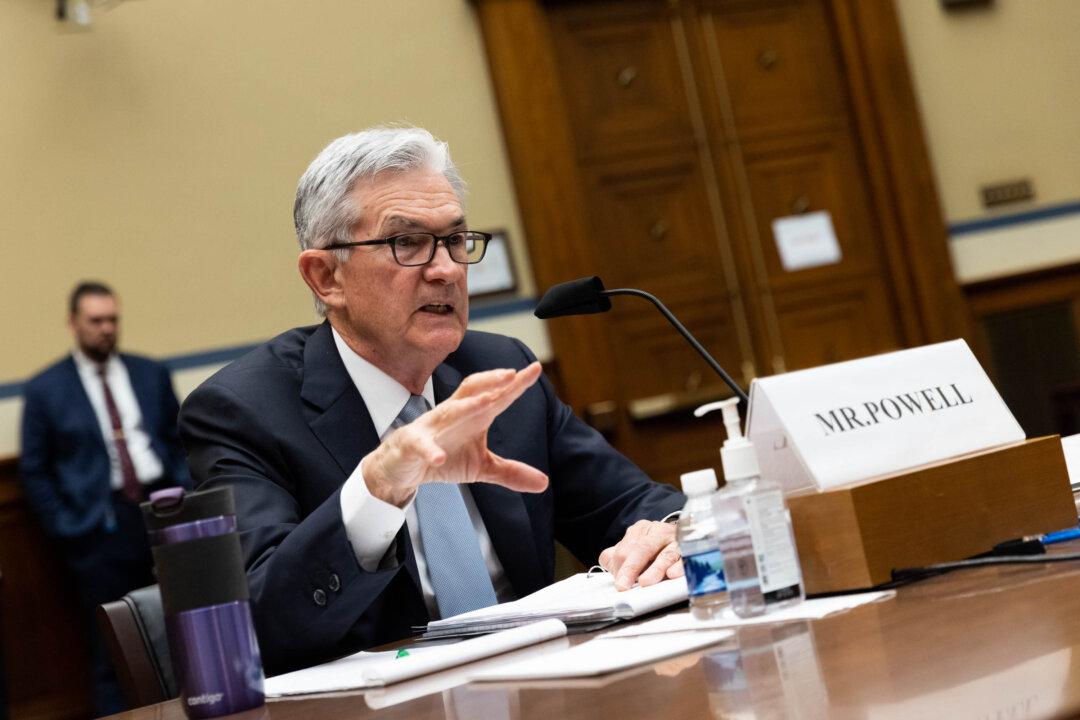Inflation ran red hot in August, according to the Commerce Department, with the headline Personal Consumption Expenditures (PCE) index surging 4.3 percent over the year to a level not seen since 1991.
Meanwhile, the core PCE inflation index, which excludes the volatile categories of food and energy and is the Federal Reserve’s preferred inflation gauge, rose in the year through August at 3.6 percent, the Commerce Department announced on Oct. 1. August’s 3.6 percent annual core PCE growth matched the June and July figure, which was the highest level in 30 years.




